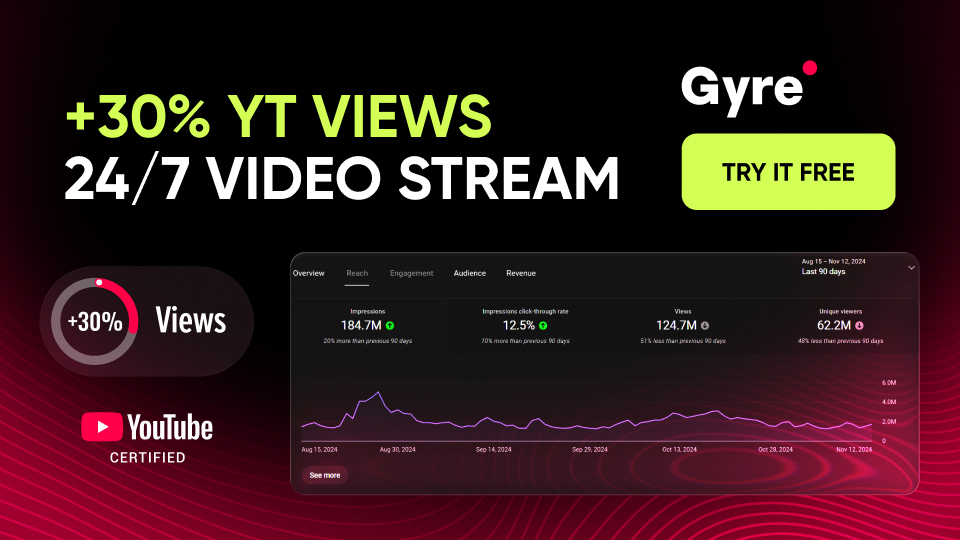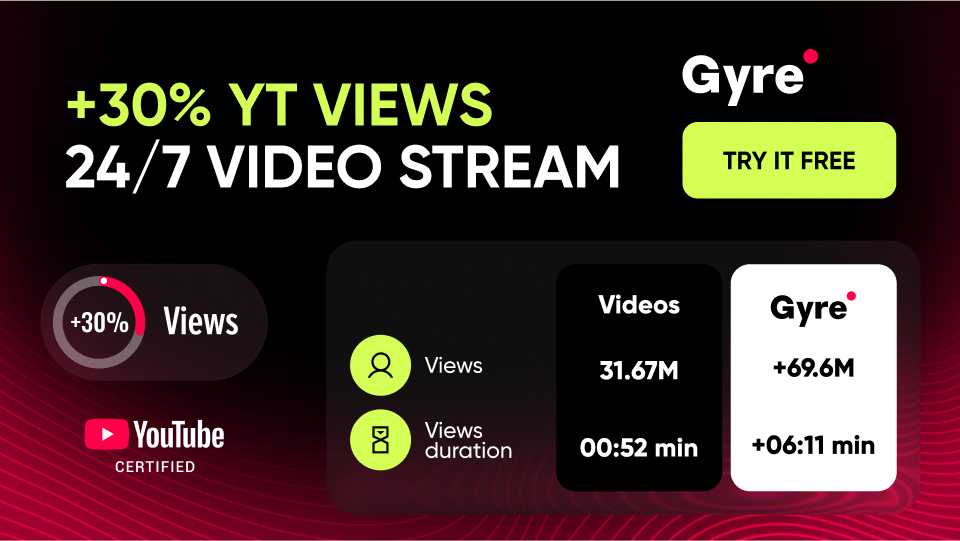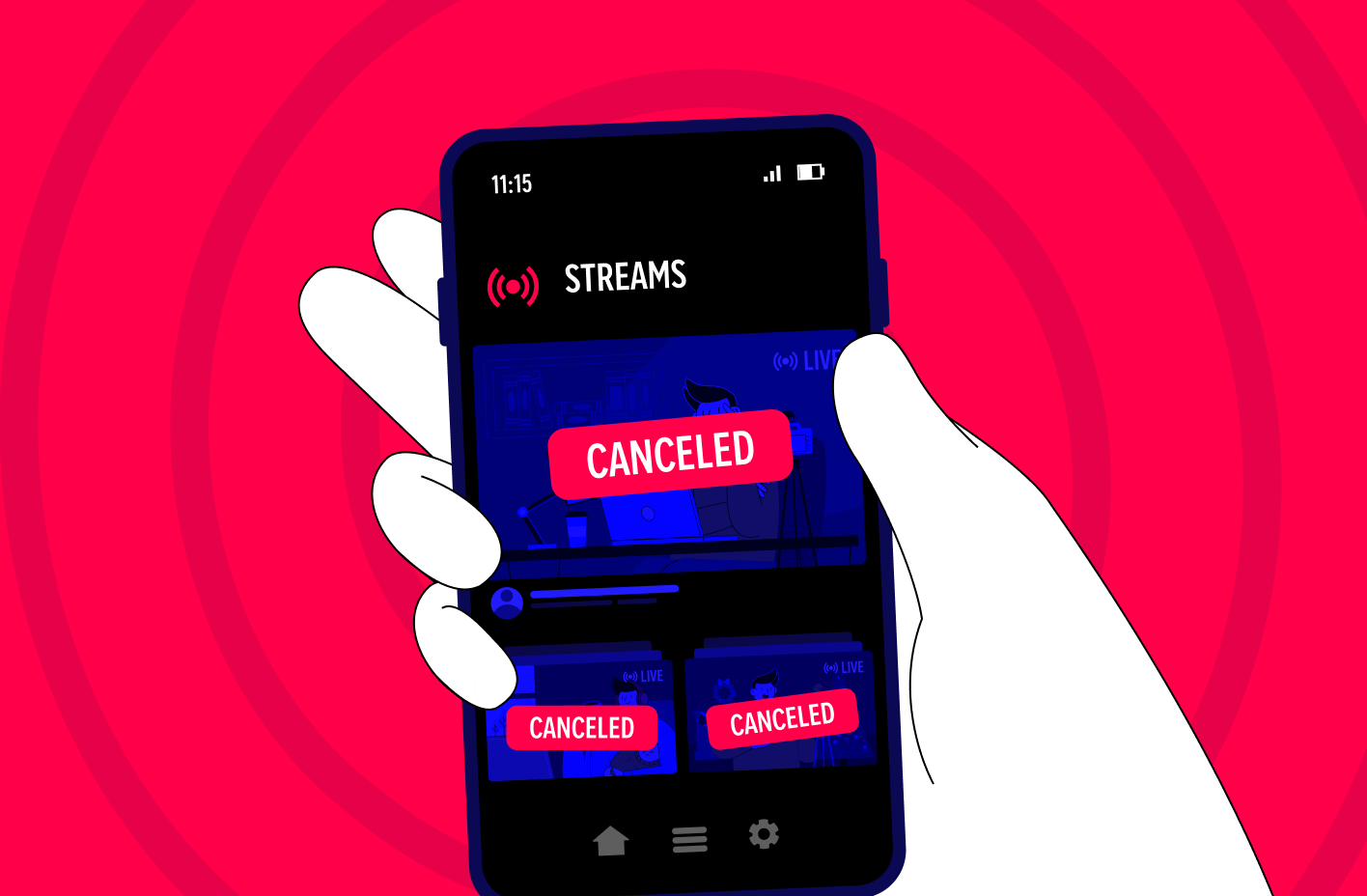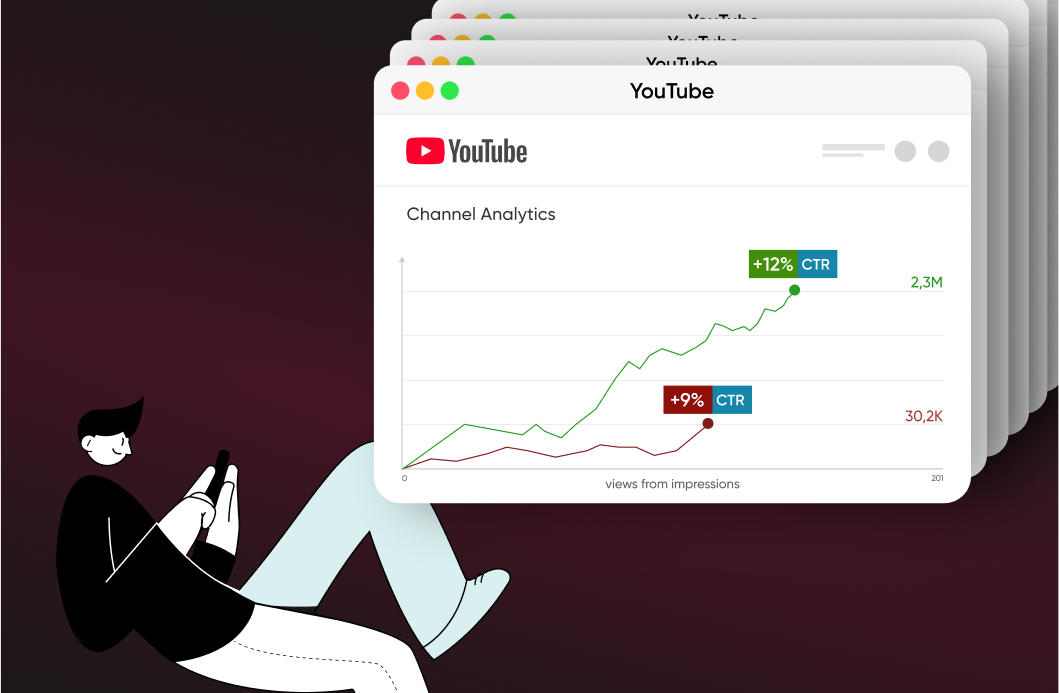What Is SD Streaming?
SD or “Standard Definition” streaming is streaming with a resolution at or below 480 pixels (remember that pixels are the smallest unit of color information that can be displayed on a user’s screen). Despite its name, SD is no longer the gold standard for video and is considered relatively low, especially for such a highly competitive niche as video streaming. Video in SD resolution usually has an aspect ratio of 4:3, which was once famous for old TVs and is not adapted for modern smartphones and widescreen displays.
In the next decade, this format will disappear and will not be supported by streaming platforms. However, at the moment, while there are Internet users with poor connection quality and low bandwidth, SD may be your only available option to establish a connection with them.
What Is HD Streaming?
HD stands for “High Definition” and is the industry standard. Regarding technical specifications, it describes videos with resolutions ranging from 720p to 1080p.
The video in this resolution looks much sharper and smoother than in SD format. At the same time, even more advanced resolution standards have appeared in recent years, so we definitely shouldn’t expect this technology to be with us for many years.
What Is 4K Streaming?
4K streaming is the highest-quality resolution on all popular streaming platforms. In practice, 4K can be presented in 3840 x 2160 and 4096 x 2160. It is also important to note that the only technology for transmitting 4K traffic is streaming over the Internet, which is impossible for satellite and cable television.
Even though advanced formats such as 5K and 6K have appeared in recent years, they are currently unavailable for streaming activities (and 4K is the highest allowable parameter).
Most viewers who want to see video in 4K resolution on their screens are owners of large-format computer displays and televisions.
What Is The Difference Between SD and HD for Live Streaming?
At first glance, the difference in the HD vs SD couple is noticeable: the first format provides a better image (with more detail, better color rendition, etc.).
At the same time, it is essential to understand that SD, in principle, is not an acceptable format for streaming games and overviews of events with increased image dynamics (for example, football, running competitions, auto racing, etc.). This content format implies recreating the effect of being present at these events, which is impossible in SD resolution. However, as we said earlier, if most of your viewers have a low-quality Internet connection and low bandwidth, their devices may not cope with streaming video in HD resolution.
When to Use SD vs. HD for Streaming
To understand the above, let's look at particular cases when it is worth using the HD format and when you may need to stream in SD format.
SD streaming will be the best option for you if:
- You have a large audience and want everyone to be able to watch your stream.
- You have concerns about restrictions on your traffic volume.
- Your Internet connection is slow.
- Depending on their location, you target primarily mobile users who may fall into blind spots.
In turn, HD streaming will be the best choice for you if:
- You have no problem with size restrictions on your video.
- You have a stable and fast Internet connection.
- The value of your content comes from conveying the details precisely.
- You create premium content.
How Can You Live Stream 4K on YouTube on a Low-End PC?
If you have a PC with a low-end processor, the coveted 4K format is still available. In particular, you can get top quality for your stream using the Gyre tool, which can act as an intermediate link between your device and the streaming platform.
In the future, you can combine your stream formats (for example, creating accessible content in HD and premium content in 4K) to capture new monetization opportunities.
Final Thoughts
We hope that we have helped you resolve the 4K, SD, or HD dilemma, and now you can choose, without any restrictions, the most suitable format for your content, depending on its type and your monetization goals. And, of course, we will be happy to reveal even more nuances about video settings and stream parameters in other articles on our blog.







